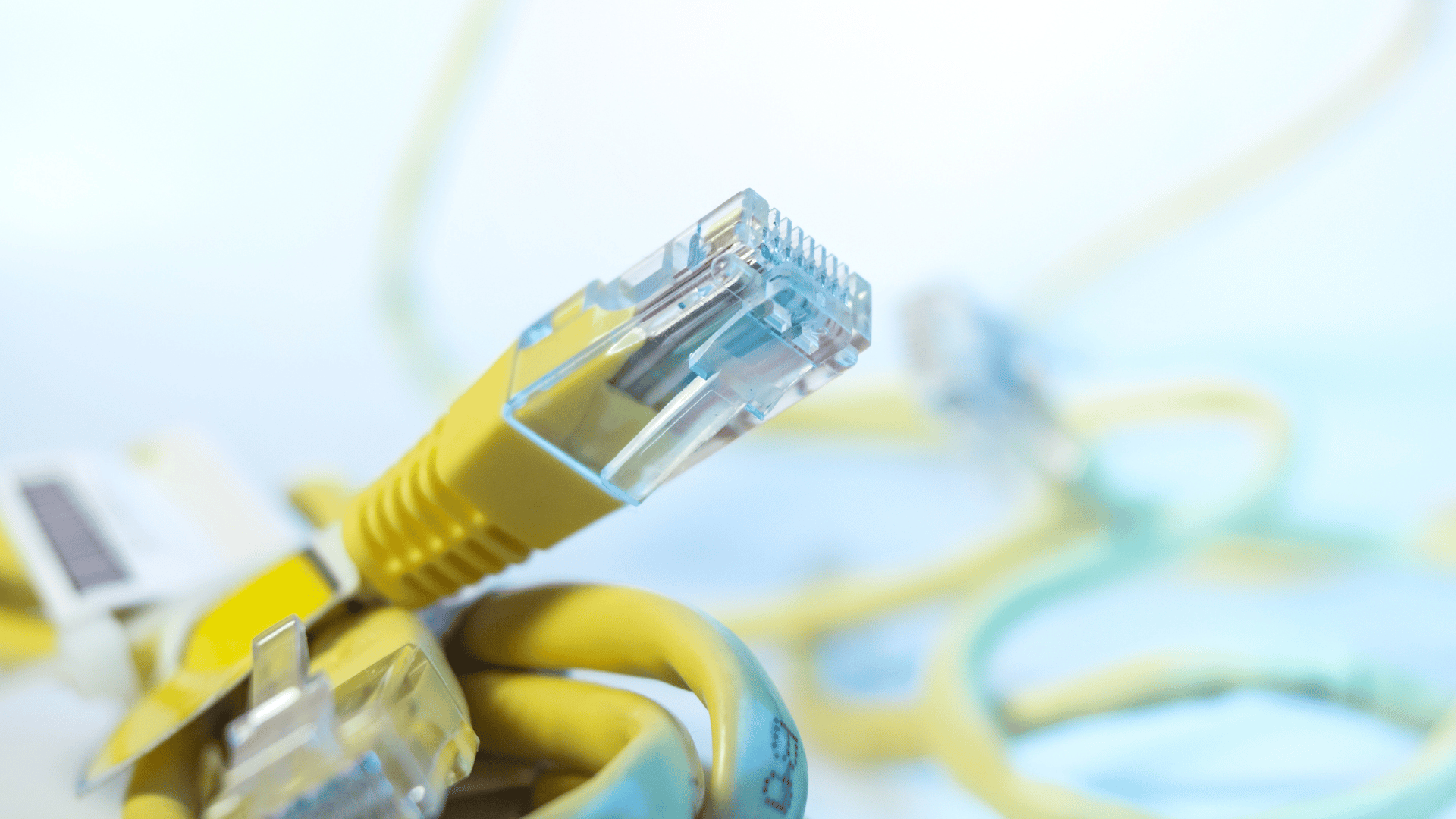In the realm of industrial networking, misinformation and myths can easily proliferate, leading to confusion and potentially costly mistakes. Let’s debunk some of the most common myths surrounding industrial network cables:
Myth 1: Any Ethernet cable will suffice for industrial applications. Reality: Not all Ethernet cables are created equal, especially when it comes to industrial environments. Industrial settings often feature harsh conditions such as extreme temperatures, moisture, vibrations, and electromagnetic interference. Standard Ethernet cables may not withstand these conditions, leading to network failures and downtime. Industrial-grade Ethernet cables, designed with robust materials and shielding, are essential for reliable performance in such environments.
Myth 2: Shielded cables are always better than unshielded cables. Reality: While shielding can provide protection against electromagnetic interference (EMI), it’s not always necessary or beneficial in every industrial application. Shielded cables are typically more expensive and less flexible than their unshielded counterparts. In some cases, unshielded cables may suffice if the environment doesn’t pose significant EMI risks. It’s essential to assess the specific needs of the industrial application and choose the appropriate cable type accordingly.
Myth 3: Cat5e cables are obsolete for industrial use. Reality: While Cat6 and Cat6a cables offer higher bandwidth and better performance compared to Cat5e cables, the latter still has a place in many industrial applications. Cat5e cables can support Gigabit Ethernet speeds and are often more cost-effective than newer cable categories. In scenarios where the network bandwidth requirements are modest, Cat5e cables can provide a reliable and economical solution for industrial networking needs.
Myth 4: Industrial Ethernet cables are interchangeable with consumer-grade cables. Reality: Industrial Ethernet cables undergo rigorous testing and adhere to stringent standards to ensure reliability in demanding environments. Consumer-grade cables, on the other hand, may not meet the durability and performance requirements of industrial applications. Using consumer-grade cables in industrial settings can lead to premature failures, safety risks, and increased maintenance costs. It’s crucial to use cables specifically designed and certified for industrial use to ensure long-term reliability and performance.
Myth 5: Cable management is not essential in industrial environments. Reality: Proper cable management is just as critical in industrial settings as it is in office environments. Poor cable management can lead to several issues, including signal interference, accidental damage, and difficulty troubleshooting network problems. Implementing organized cable routing, securing cables away from machinery and environmental hazards, and using appropriate cable trays and supports are essential practices to maintain a reliable and safe industrial network infrastructure.
By dispelling these common myths, industrial operators can make more informed decisions when selecting and deploying network cables, ultimately ensuring the reliability, performance, and safety of their industrial networks.

